How to Win at Blackjack With 10 Legal Methods
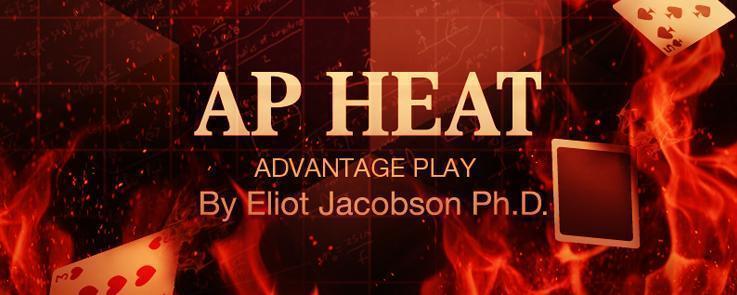
By Anonymous
|
|
In this article I am going to summarize ten legal methods to beat blackjack. Before I do, I want to remind the reader of some methods that definitely do not work. These include progression systems, timing/discipline, looking for hot tables & dealers, lucky charms and many others. Pseudo-science and mythology are prevalent in many casino games, but blackjack has a mystique that somehow brings out the idiot-potential in the most educated of players. When the guy sitting next to you brags about his degree in statistics or engineering, don't be shocked if he also complains when you hit your 12 against a dealer 3.
Following are ten scientifically valid and legal methods to beat blackjack:



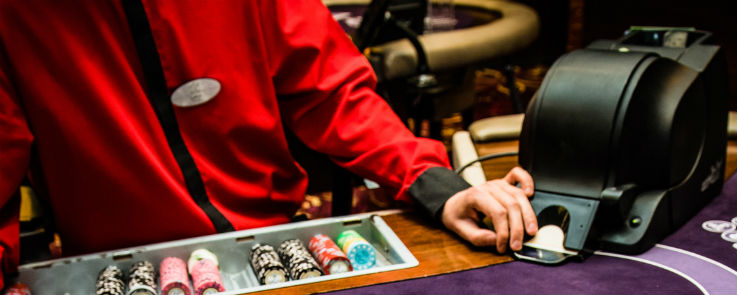

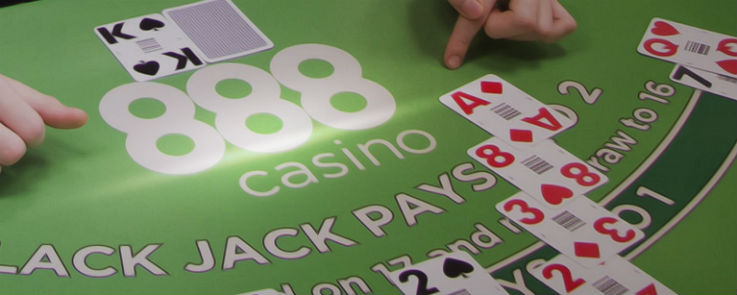

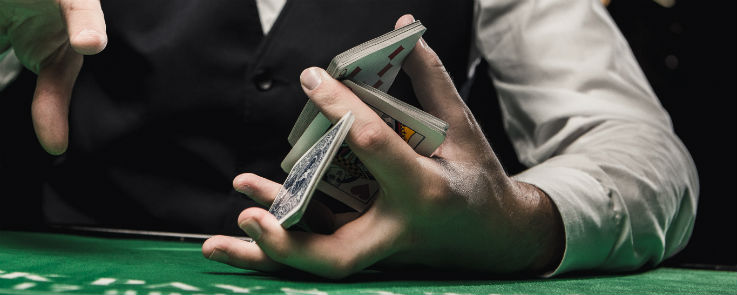
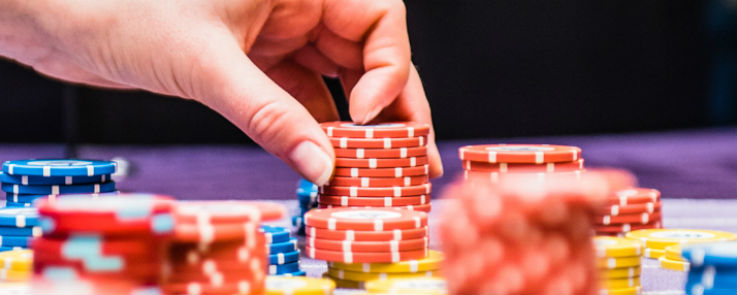
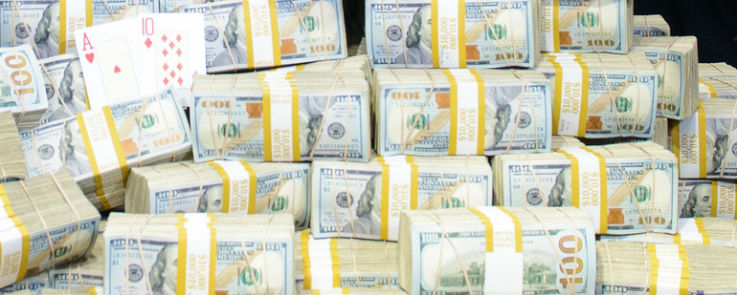
Beyond what is listed above, there are any number of other opportunities to get an edge. These include exploiting promotional rules, like 2-to-1 blackjack specials and happy-hours. Also, some casinos allow players to "split for less," which can allow players to negate the house edge. Some newer novelty blackjack versions give special opportunities. Cards can have incidental marks that allow them to be identified. Certain dealers may be error prone. Shuffle machines may have defective shuffling algorithms that can be reverse engineered. The are some casinos internationally that offer "early surrender" and other rules that give players an off-the-top edge. And so on.
Whether you are a player or in game protection, get your head out of the "card counting" hole-in-the-ground and start paying attention to what's legally possible. Walk into a casino with your eyes open and you will be amazed at what you see.
Following are ten scientifically valid and legal methods to beat blackjack:

METHOD 1: CARD COUNTING
Everyone knows about blackjack card counting. It is simply a method of keeping track of the relative proportion of good cards (T, J, Q, K, A) and bad cards (2, 3, 4, 5, 6) left in the shoe. When there are significantly more good cards than bad cards, the player has an edge over the house. The player beats blackjack by betting more when he has an edge than he bets when the house has an edge. My frequently expressed opinion is that blackjack card counting is an over-hyped and extremely weak approach to advantage play that players should not use and casinos should not expend significant resources defending. Read the article "Seven reason to never count cards" for more information.
METHOD 2: ACE LOCATION TECHNIQUES
Knowing you will be dealt an Ace as one of your first two cards gives you more than a 50% edge over the house. One way to locate Aces is to memorize two key cards right before an Ace as the cards go into the discard tray. If the shuffle does not contain a strip then the player may able to predict when the Ace will come out. This method is often employed in a team approach which allows the team to steer the Aces and to track more than one Ace. Watch the video "Join The Strip Club!" for more information.
METHOD 3: HOLE CARDING
When you learn how to play blackjack, you heard about hole carding. This means playing at a game where you can see the dealer's hole card as it is dealt. The view may come while the dealer slides the card under his face-up card. But it is just as likely that the dealer exposes the card as he removes it from the top of the deck. Hole carding is also possible in shoe games when a sloppy dealer slides the hole card over the edge of the chip rack or some other obstruction. Dealers with long fingernails may lift the edges of cards right out of the shoe, exposing them immediately. Hole card play can get players an 8% edge (or more) over the house. The definitive resource on this method is the hard to find book Beyond Counting by James Grosjean. A simple Google search will turn up hole carding strategy tables.
METHOD 4: NEXT CARDING
Even more powerful than hole carding is next carding, where the player knows the next card to be dealt during the course of the hand. Depending on the card, the player may choose to hit/stand/double more effectively. If the card is likely to bust the dealer's hand, the player may choose to stand. For example, the next carder may stand on his total of 7 when the dealer has a 6 up and the player knows that the next card is a Jack. The next carder may know the first card to be dealt so that he can size his wager to the edge he will get on the hand. One situation where next carding may be possible is in a hand-dealt game when a nervous or fidgety dealer who is exposing a corner of a card prior to it being dealt. It can also be used when a specific card is being tracked through the shoe. Again I point the reader to Beyond Counting by James Grosjean for more information.
METHOD 5: EDGE SORTING
Edge sorting takes advantage of asymmetries on the backs of cards that arise because of inconsistencies in the printing process. This method became very well known after Phil Ivey's baccarat edge sorting lawsuits (Crockfords, The Borgata) gained international attention. But long before edge sorting at baccarat became international news, advantage players were using edge sorting to beat blackjack. Edge sorting allows the player to know information about his first card, the next card and the dealer's hole card. In the best case scenario, the player can get an edge of 10% or more over the casino. I discuss edge sorting in more detail in Edge Sorting 101 article.
METHOD 6: SKILLED CUTTING / CARD STEERING
It is sometimes the case that the dealer exposes the bottom card of the shoe when the cut is offered. The cutter skillfully cuts this card to a known location in the shoe. For example, a skilled cutter can place the known card exactly 52 cards (1 deck) from the top. Then, using a team of players, the card is steered to either a big player if it is a good card, or to the dealer if it is a bad card. This is done by selectively hitting/doubling/splitting, as well as having players enter or exit the shoe and spreading to multiple hands if necessary. See this post for more information.
METHOD 7: SIDE BETS
Every side bet can be beaten by card counting. Usually the profit potential is not very good, but some side bets can be quite lucrative. In the U.S. the main obstacle for the side bet card counter is the limit on the maximum bet (typically $25), but internationally this is not the case. The most vulnerable side bets are those with obvious key cards that make winning or losing the bet more likely. For example, any side bet that pays when the player gets a total of 20 has T, J, Q, K as key cards. I have analyzed card counting systems for dozens of different blackjack side bets. You can find your favorite blackjack side bet just by clicking on All AP Heat Posts.
METHOD 8: SHUFFLE TRACKING
This method involves following slugs of high cards (T, J, Q, K, A) through the shuffle process. It's a tough way to get an edge, but if things go right the player may gain as much as a 3% edge over the house. However, there are many pitfalls associated with this method. First, it is very difficult to locate trackable shuffles. Next, you must be very accurate: if you are even a little bit off tracking a slug then you can lose a lot of money. There is not much literature available on shuffle tracking, so you must be willing to do a lot of research on your own. Shuffle tracking has gone into disfavor over the last decade with the advent of automatic shufflers and the increased awareness of many more powerful methods. For more information, Wikipedia has an excellent article.
METHOD 9: LOSS REBATES
The opportunity to receive a portion of losses back at the end of a trip is an incentive that creates a huge advantage play hole for casinos. If the player wins then he gets to keep his full winnings, but if the player loses then he is given some percentage of his losses back. Depending on the casino and the level of play of the high-roller, these rebates may range from about 5% up to 20%. The most famous player to take advantage of loss rebates in blackjack was Don Johnson, who beat Atlantic City casinos out of 15M in 2011/2012. But in spite of the publicity that Johnson brought to this method, it continues to be available to high-rollers worldwide. See this post for more information.
METHOD 10: COMPS
Nearly every casino has some sort of reward system for its table game play. Casinos return a percentage of a player's theoretical win (t-win) as soft comps, including room, food and beverages. Most casinos also award cash comps, which include match play, free play, promotional chips, show up money, airfare and others. The key to beating comp systems is understanding how the casino calculates t-win and taking advantage of the human element in this formula. By playing perfect basic strategy, selectively sitting out hands, making large bets and slowing down the game pace, the player can achieve an effective t-win that is much less than the t-win the casino records. If the baseline house edge is low enough (which it often is for high-rollers), the combination of soft and hard comps can give the player the edge. The classic book on this topic is Comp City, by Max Rubin.Beyond what is listed above, there are any number of other opportunities to get an edge. These include exploiting promotional rules, like 2-to-1 blackjack specials and happy-hours. Also, some casinos allow players to "split for less," which can allow players to negate the house edge. Some newer novelty blackjack versions give special opportunities. Cards can have incidental marks that allow them to be identified. Certain dealers may be error prone. Shuffle machines may have defective shuffling algorithms that can be reverse engineered. The are some casinos internationally that offer "early surrender" and other rules that give players an off-the-top edge. And so on.
Whether you are a player or in game protection, get your head out of the "card counting" hole-in-the-ground and start paying attention to what's legally possible. Walk into a casino with your eyes open and you will be amazed at what you see.


